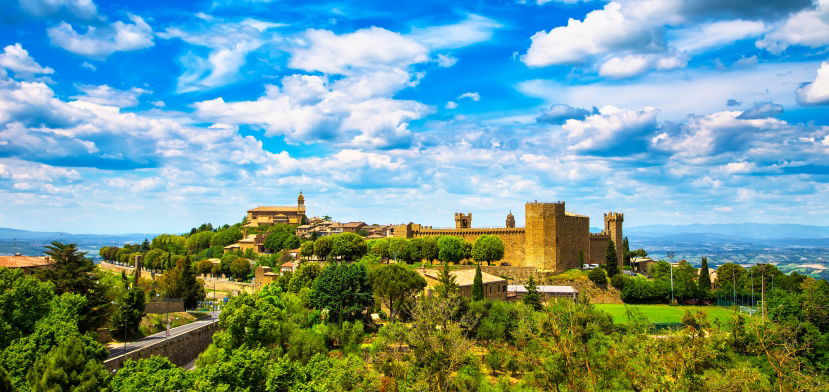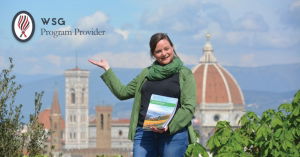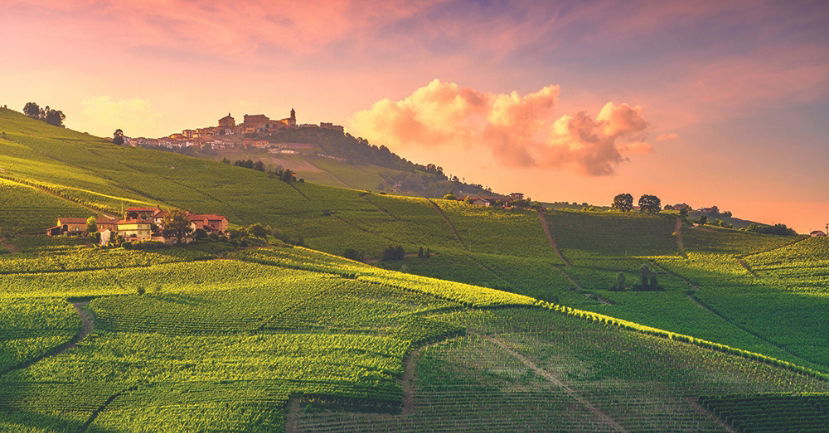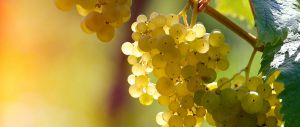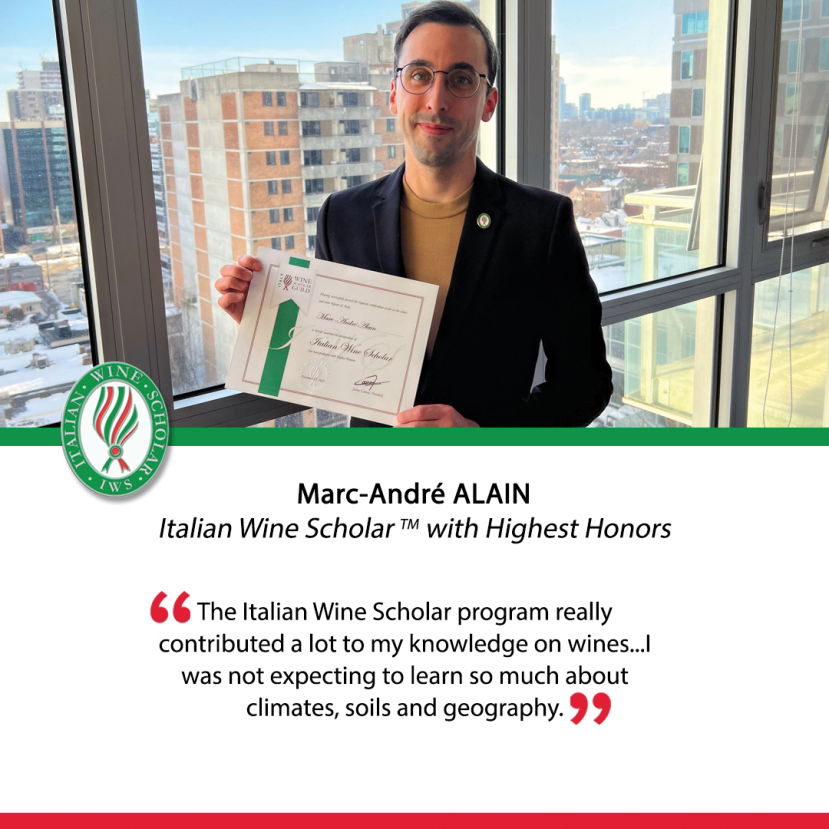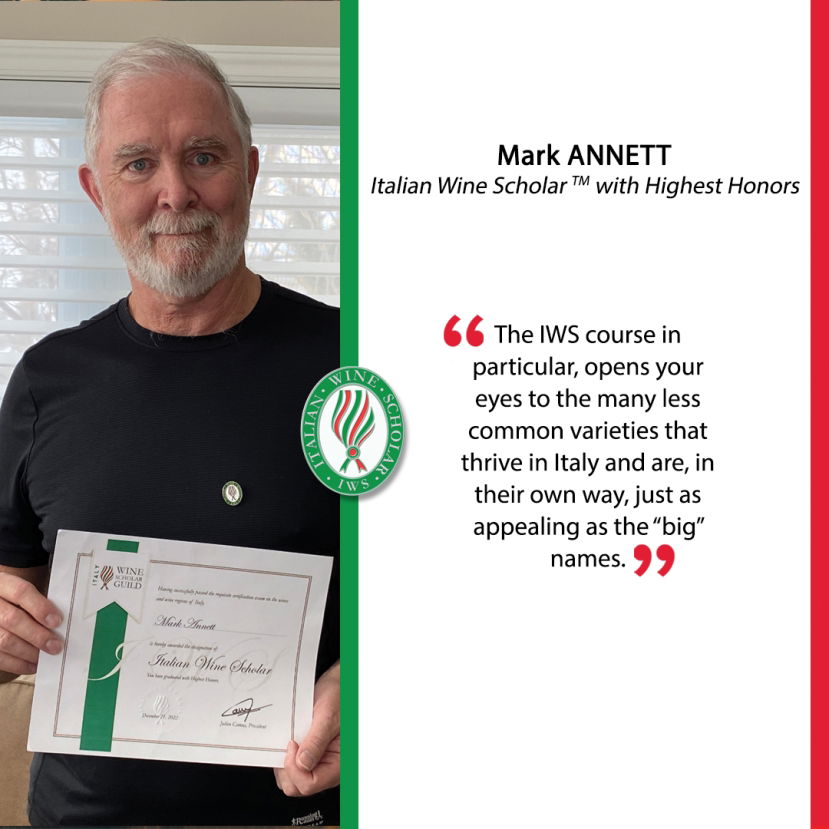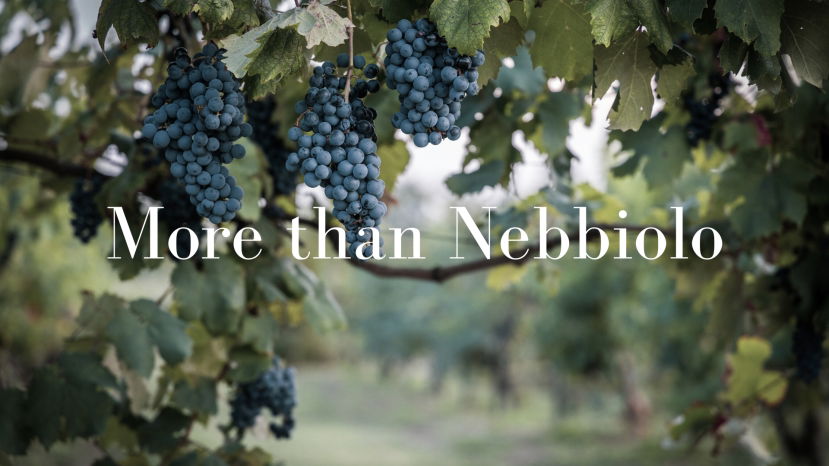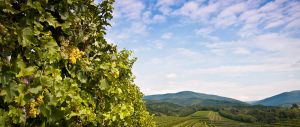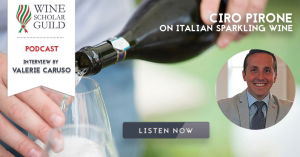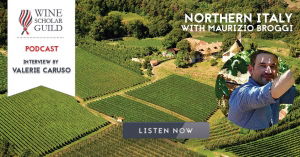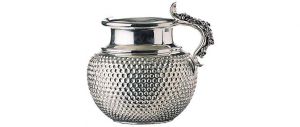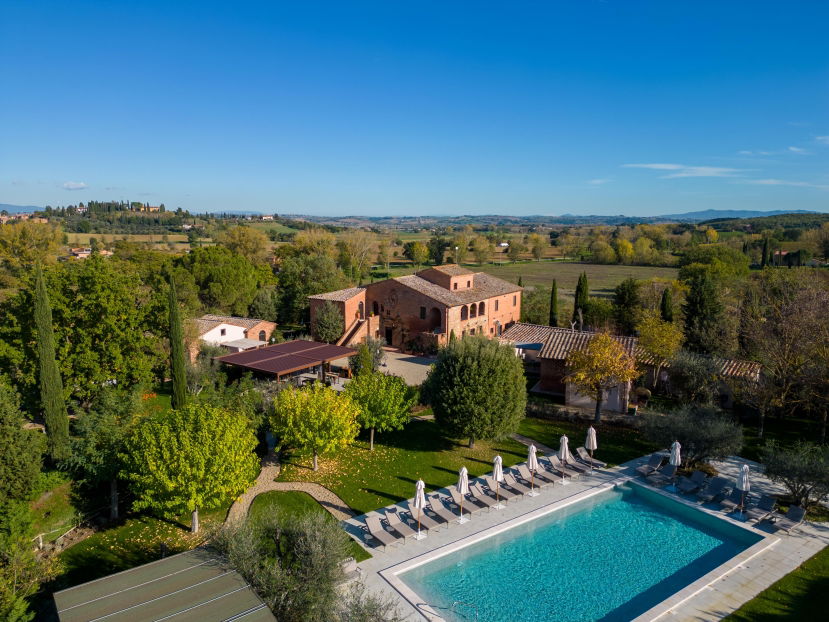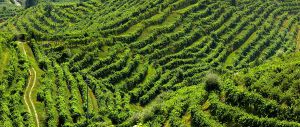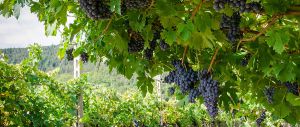BLOG
Italian wine education
Walking along the path that leads to the summit of the Cartizze hill, the town of Santo Stefano gradually emerges in the distance, its bell tower and a few quaint houses standing as a punctuation mark amidst the harmonious mosaic of woodland patches and vineyards.
Like real-life topographic contour lines, the intricately arranged, labyrinthine rows of Glera vines ascend and wind through the characteristic, humpy “hogback” hills. Ciglioni – small, narrow cultivated terraced plots that have been utilised here since at least the 17th century – lend rigour and a sense of order to the vegetative profligacy of this landscape.
When the Consorzio Brunello di Montalcino was established in 1967, one year after the wine received DOC status (it became one of the initial DOCG wines in 1980), there were only twenty-five members. Today, there are more than two hundred Brunello producers; given the reputation of this wine for its ability to age for twenty-plus years in the finest vintages, this is hardly surprising.
How to Watch
You can watch this 2-part series on our community platform here
Summary
What is modern Barolo? In this fascinating deep-dive, Piemonte specialist Nelson Pari joins us in the WSG studio to answer exactly that — and the answer might surprise you. From the
Meet Rebecca Christophersen, founder of the Italian Wine Institute in Florence, first wine school to offer the Italian Wine Scholar® program in Italy!
Their first IWS session is scheduled to begin March 3rd 2020 (Unit 1), more information and registration HERE.
Could you give us a bit of background on your personal and/or professional history in wine and what made you decide to move into wine education?
Wine Scholar Guild is pleased to provide its readers with vintage and harvest reports for some of Italy’s most famous regions, from 2010 onward. We felt it was time that we expand our assessment of vintages and harvest reports outside of France and Italy was first on our list. To compile this in-depth report, we reached out to Italian wine specialist Tom Hyland. Tom seemed like the perfect fit for this project, as he has been reporting on and promoting Italian wines for more than twenty years as a journalist, educator, and photographer. He has made more than 75 trips to wine regions throughout all of Italy from his home in Chicago. In that time, he has written for numerous publications, including Decanter, wine-searcher.com and most recently Wine Spectator. He has written two books on Italian wine: Beyond Barolo and Brunello (2013) and The Wines and Foods of Piemonte (2016). Tom has conducted seminars on Italian wine for the trade and public; over the past year, he has led more than two dozen webinars with Italian producers; among these were several for Wine Scholar Guild. He also served as US ambassador for Consorzio I Vini del Piemonte for five years. He is also an accomplished photographer, having been named Wine Photographer of the Year (Category: Places) in 2020 at the prestigious Pink Lady competition in England. Andrea Eby, Italian Programs Director, asked Tom to provide a short blog article describing how he went about compiling this fantastic resource. We hope you enjoy the article and find the vintage charts as useful as we do. As always, we look forward to your questions and comments!
Emilia-Romagna’s Romagna Albana DOCG holds the claim to that distinction. This was Emilia-Romagna’s first DOCG, and more controversially, Italy’s first white DOCG.
For as long as Italians have eaten good food, they have enjoyed good wine. The country is the world’s second-largest wine producer and besides a few hiccups after the fall of Rome, has been a consistent leader in viticulture for centuries.
Congratulations to Marc-André Alain, IWS, for passing the Italian Wine Scholar exam with highest honors!
About Marc-André:
I have been a wine enthusiast for many years, but my real interest to learn more about this subject, including the
Congratulations to Mark Annett, IWS, for passing the Italian Wine Scholar exam with highest honors!
About Mark:
I am “officially” retired but for the past 5 years I have worked at wineries pouring wine for people, listening to their stories and
Summary:
The wines of Toscana’s Montalcino are revered the world over and the price of vineyard land within the Brunello di Montalcino DOCG reflects that renown. However, just a short 30 minute drive from Montalcino lies the largely undiscovered world of Monte Amiata. Previously primarily known, in wine circles, for the important role it plays in sheltering the vineyards of Montalcino from intense summer storms that can develop on the sun-soaked Tuscan coastline, today Monte
Summary:
Piedmont is most known for its Nebbiolo, Barbera and Dolcetto, the three core varieties that form the backbone of the Langhe, Piedmont’s most famous sub-region.
But a number of other exciting indigenous and qualitative varieties make up the region’s complex viticultural patchwork.
This webinar will focus on 4 lesser-known whites – Arneis,
A number of Friuli’s native varieties were rescued from the brink of disappearance. Let us introduce you to Vitovska and Pignolo.
Vitovska: The name of this white grape variety is of clear Slavic origin, but it is generally considered to be a native variety of both eastern Friuli and Slovenia, as it was historically only cultivated in Carso (in the province of Trieste) and in Slovenia.
Ciro Pirone is the Director of Italian Wines for Horizon Beverage Group and will be teaching the next online Italian Wine Scholar course beginning in February. In under 30 minutes Ciro gives us the fascinating history of Italian sparkling wine production, and discusses key points on the spumante wines of Alta Langa. We also learn about the main grapes and styles of Lambrusco, and learn important distinctions between Asti DOCG and Moscato d’Asti DOCG.
Maurizio Broggi, DWS, FWS, is the Education Director for the Italian Wine Scholar (IWS) program. During an eight-day summer tour, he led a group of IWS educators through three of Italy’s northern wine producing regions, Trentino, Franciacorta and Lugana.
Ancient Romans often drank wine at the end of the meal by passing around a “gutturnium” (a 2 liter silver jug). Emilia-Romagna’s Gutturnio DOC takes its name from a jug found along the Po River in 1878.
On June 25th, London played host to a prestigious gathering of Italy's top wine producers, unveiling their flagship wines to the UK trade and press.
Not all geographical indications (GIs) are created equal. Small ones are often associated with higher-quality wines, while broader, region-wide designations are generally reserved for more regular bottlings. Take Veneto, for instance. Names like Amarone della Valpolicella Classico, Soave Classico, and Conegliano Valdobbiadene Prosecco Superiore are more often than not found on more prestigious labels than the region-wide Veneto IGT, generally destined for more unassuming liquids.
WSG is proud to partner with Borgo San Vincenzo to offer an immersive experience for the Italian Wine Essentials program (IWS Prep). The program blends wine education with history, culture, cuisine, and much more in a real-world setting in the heart of gorgeous Tuscany.
The inaugural course in October of 2023 will be led by Andrea Eby, Italian Programs Director of WSG.
You will meet local winemakers and connect with fellow wine enthusiasts from around the world. The small group of students will also enjoy guided wine-pairing dinners featuring wines from throughout Italy. Through classroom instruction and private tours and tastings, you will really get a feel for the nuances in the Tuscan region that have helped give life to the multitude of rich traditions around food and wine. The combination of not too strenuous classroom study, thought-provoking field trips and amazing tastings is the perfect way to get started on your Italian wine journey!
Glera is the principal grape of Prosecco sparkling wine. Originally the grape was known as Prosecco (more precisely Prosecco Tondo). The variety has an unclear origin and an even more complicated ampelographic history due to the fact that several distinct varieties have been called “Prosecco-something” in northeast Italy since the 18th century. The grape is late-ripening and prone to both fungal diseases and water stress. It is widely planted in the province of Treviso.
The grape varieties of Veneto Veneto’s grape varieties are almost equally divided between white and red. More than 60% of the cultivated varieties are native or Italian grapes. Among them, the indigenous Glera, Garganega and Corvina Veronese account for almost half of Veneto’s total plantings.


